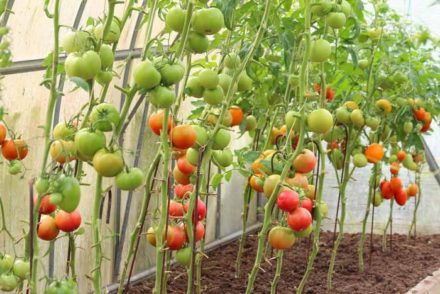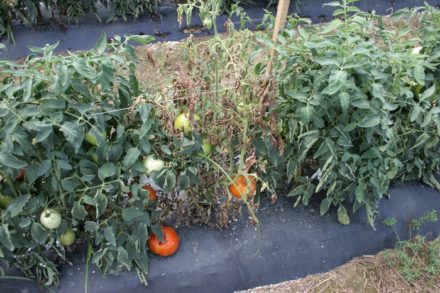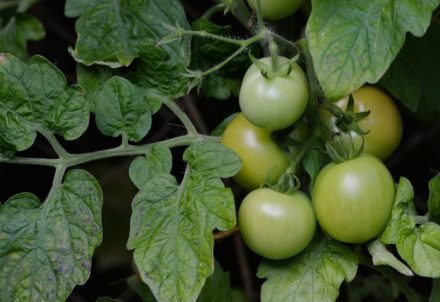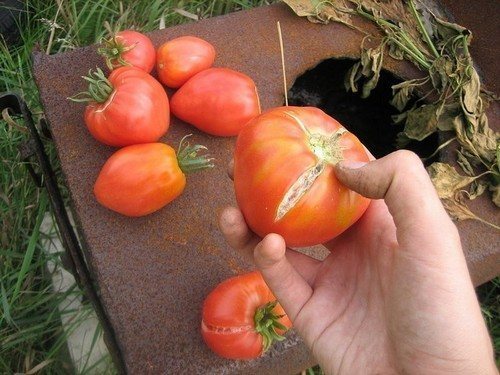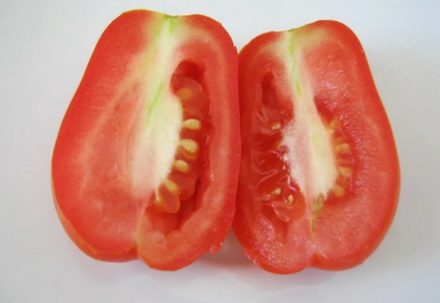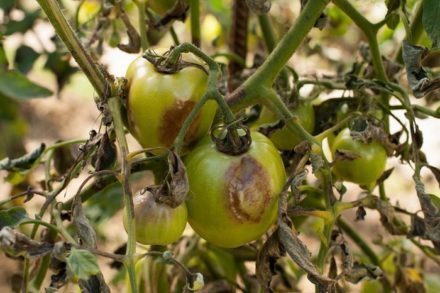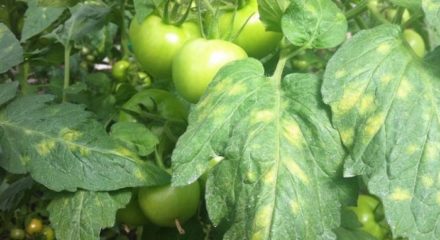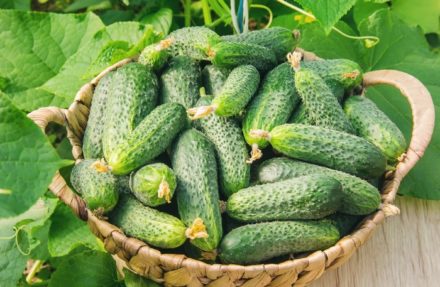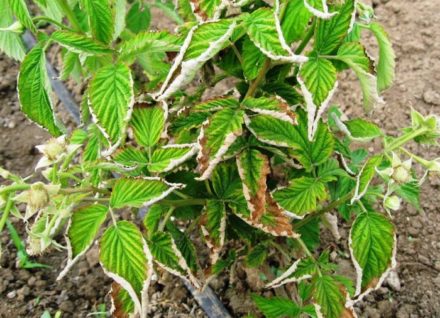The taste of tomatoes directly depends on growing conditions, soil quality and fertilizing. A favorable microclimate has been created for tomatoes in the greenhouse. The vegetable is protected from natural disasters and temperature changes. However, the fruits may turn out to be sour even with proper watering and plenty of sun. This happens when plants lack nutrients. You need to make sure that the tomatoes are sweet at the budding stage and later, when the fruits begin to form and then fill.
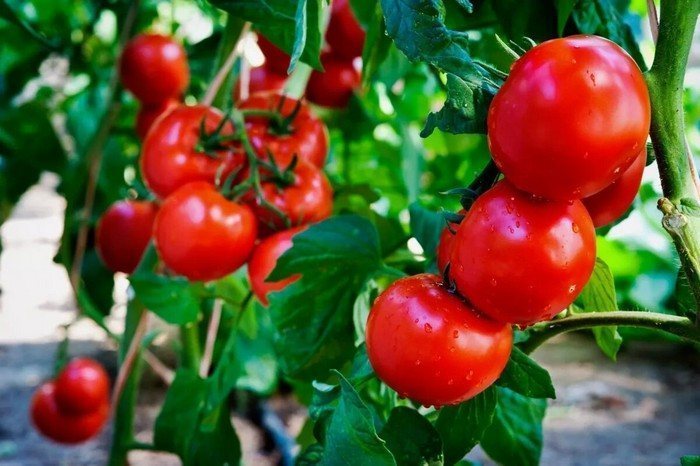
Fertilizers to improve the taste of tomatoes
When growing tomatoes, you cannot do without mineral fertilizers. Today, manufacturers produce specialized complexes that simply need to be applied according to the instructions so that the plants receive the substances they need. However, not all gardeners want to use chemical fertilizers on their plots. You can also achieve a good taste in tomatoes using folk remedies. Fertilizing should be done every 2 weeks.
Wood ash
In order for the fruits to be sweet, tomatoes must receive carotenoids, polyphenols, amino acids, vitamins and minerals. Wood ash contains a wide range of minerals. Ash powder contains large doses of potassium, magnesium and calcium. In addition, the substance contains other microelements. Prepare a nutrient solution from 1 cup of ash and 10 liters of hot water.The mixture should be infused for 4-5 hours. After this, the solution is poured under the root of each plant in the amount of 0.5-1 liter. Ash feeding is carried out:
- at the flowering stage;
- during the period of ovary formation;
- at the stage of full fruiting.
During the filling of tomatoes, 1 tbsp. of salt is added to the solution. Root feeding can be alternated with spraying on the leaf.
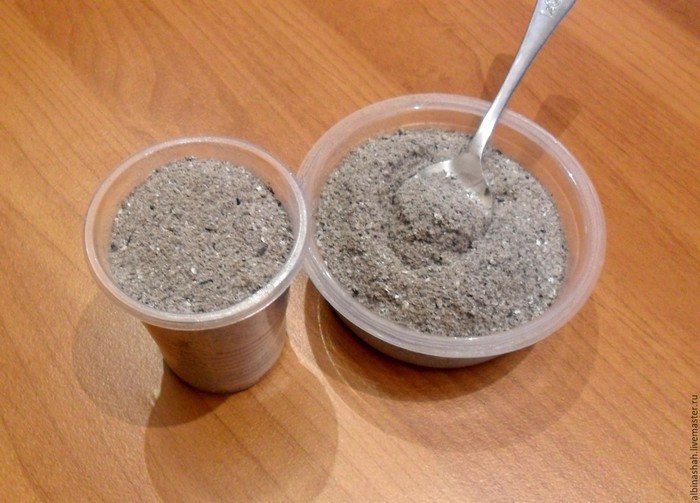
Green fertilizer
Experienced summer residents have long noticed that watering with an infusion of mown grass improves the taste of tomatoes. Nettle fertilizer will be especially useful. The infusion is prepared in advance, since it needs to ferment for 1-1.5 weeks. Mown weeds are thrown into a barrel standing in a sunny place. The raw materials should occupy half of the container.
Fill the remaining volume with clean water, leaving 5-7 cm to the edge. Then cover the container with a lid. During the fermentation process, stir the fertilizer to release gases. When the foam disappears from the surface of the infusion, the top dressing is ready. Filter the mixture, dilute with 5 parts of water and pour under the root of each plant in the amount of 1 liter.
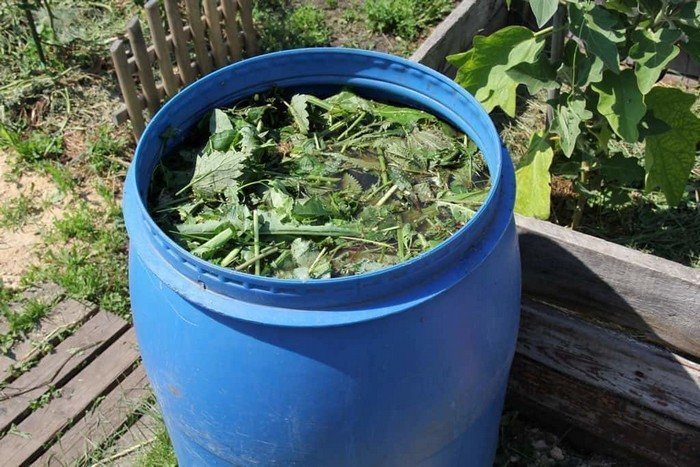
Iodine and milk
For a good taste of the fruit, it is useful to spray tomatoes during the flowering period and the formation of ovaries with milk (2 liters per 10 liters of water) with the addition of 5 drops of iodine. Milk can be replaced with whey. Due to a lack of iodine, tomatoes develop slowly, the delay affects the taste of the fruit.
Milk softens the effect of iodine and, in addition, is itself a fertilizer containing vitamins and minerals.The fats contained in the product, after drying, form a protective film on the leaves of tomatoes - it protects the plants from bacteria and fungal spores.
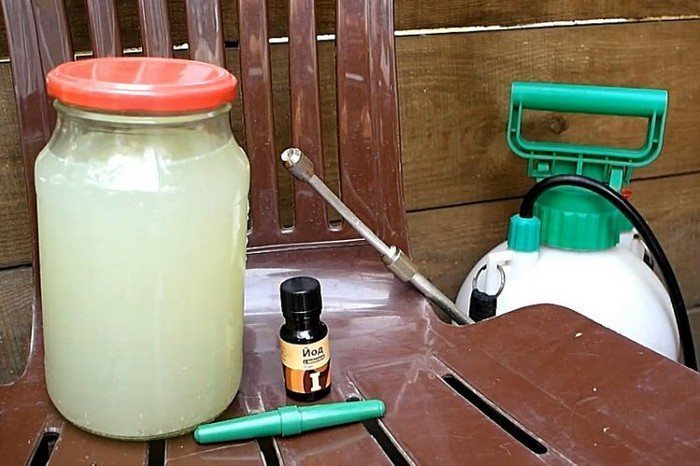
Potassium permanganate solution
Potassium permanganate is also used as a top dressing that improves the taste of tomatoes. This folk remedy will not only protect tomatoes from manganese deficiency, but will also help protect them from diseases. It is clear that only a healthy plant can produce high-quality fruits.
Fertilizing is carried out by spraying on the leaf during flowering and 2 weeks before harvesting. The last treatment will save the tomatoes from late blight and the appearance of brown rot - this is important, because infections spread very quickly in a greenhouse. To prepare the solution, use enough crystals to obtain a light pink liquid. Too strong a composition can cause burns on the leaves.
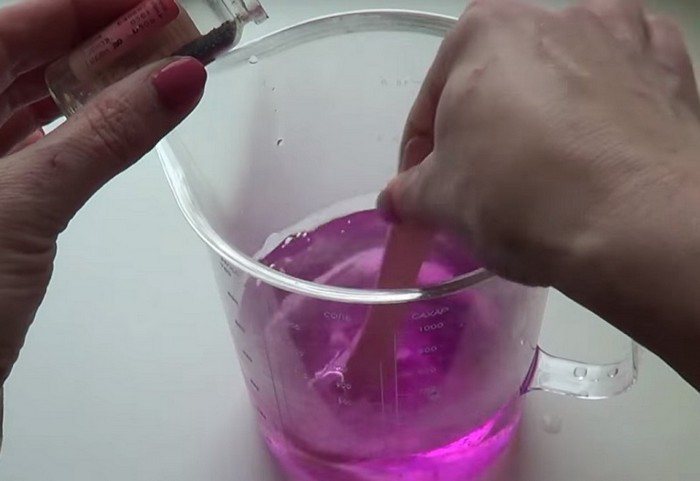
When applying fertilizing, we must not forget about compliance with agricultural technology. It is not recommended to water tomatoes in a greenhouse too often and abundantly, as this will make the fruits watery. To ensure that the bushes receive enough light, some of the leaves on the shoots are torn off. You also need to pay attention to the acidity of the soil. This indicator should be between 6.5–7 pH.


